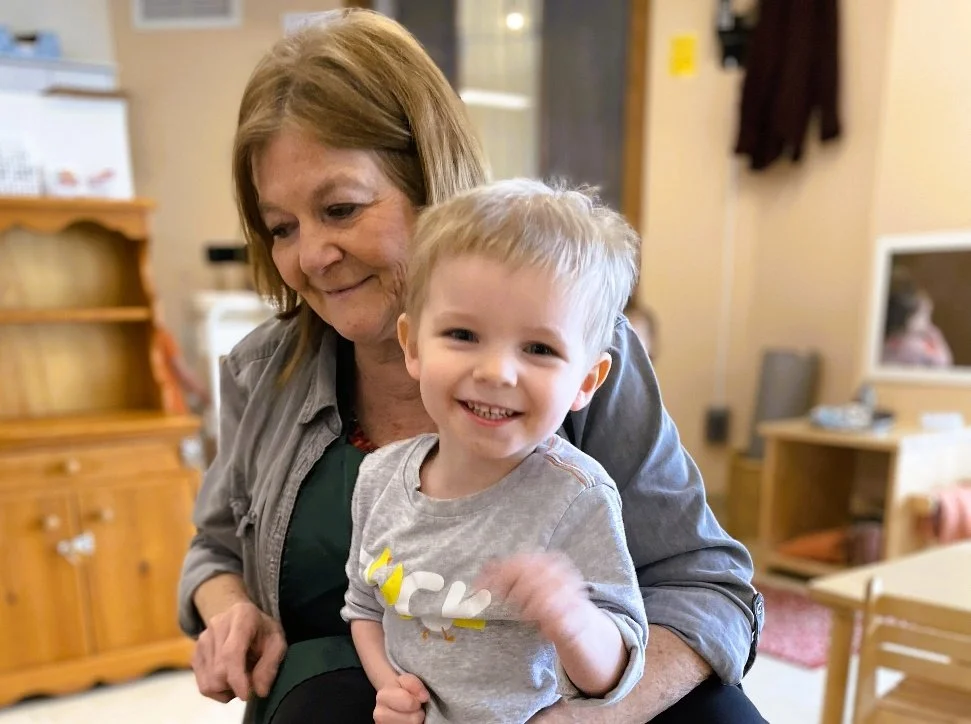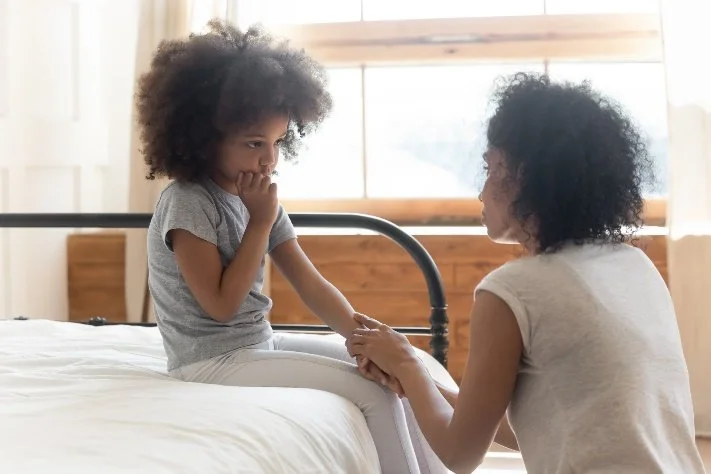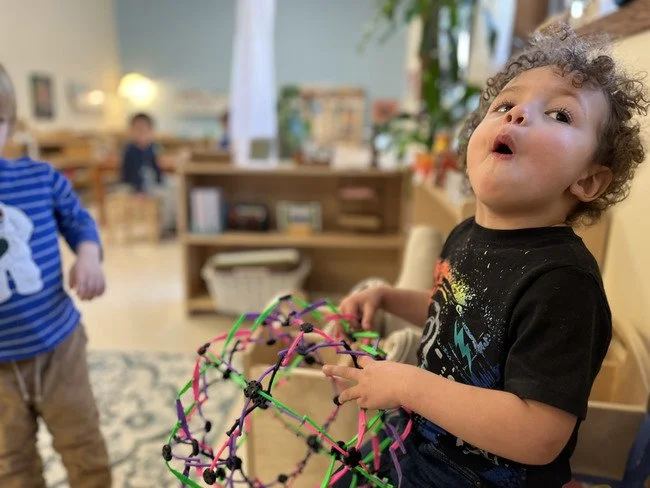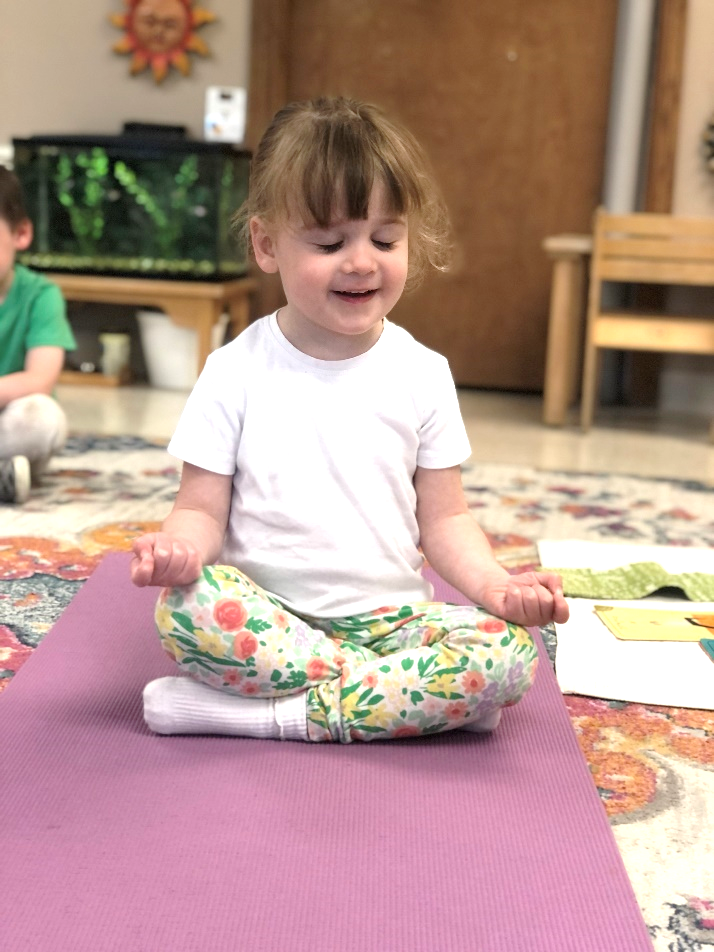Helping Children Deal With Fear
Every child feels fear from time to time. Whether it is about the monster under the bed or thinking about a scary story a friend told them, it can be tricky for parents to know how to help their children through those moments.
The science behind fear
Fear is one of the most primitive emotions we experience. Historically, it has served (and continues to serve) a vital function in survival. Fear is what we feel when our brain perceives stimuli as dangerous.
A small part of our brain called the amygdala, is where fear originates. Sensory information is sent here to process first; for example, if you were to smell smoke in a building or hear a growl behind you in the woods, your amygdala would be the first to know. Your focus would become heightened, you might feel a rush of adrenaline, and your heart begins to beat faster as you decide what to do. This reaction is especially helpful in wild animals constantly facing decisions that will affect their survival. It is not always so helpful for humans who do not have as many dangerous scenarios to contend with daily in the modern world.
Luckily, humans are equipped with some highly developed portions of the brain: the hippocampus and the prefrontal cortex. These areas allow us to think critically and analyze information in ways most organisms cannot. This is why some people enjoy scary movies, haunted houses, or other similar forms of entertainment. We can separate our amygdala's physical response from the reality we see before us. Unfortunately, there are times when our critical thinking does not stand up to the job. Times of high stress are certainly one of these scenarios, as are certain chemical imbalances in the body. Children, especially young children, have not yet formed a solid basis of reality and fantasy, so it can be challenging to sort out what dangers are real, and which are not.
Interestingly, our body’s physical reactions to fear are like our physical reactions to excitement in positive situations. For example, in many ways, you experience the thrill of riding a roller coaster in the same way you experience skidding in your car on an icy road. You might find yourself laughing while on the roller coaster; in your car, you will feel yourself gripping the steering wheel and gritting your teeth. In both situations, your heart is pounding, your breathing quickens, and you cannot focus on anything else. Understanding this phenomenon can be helpful when we feel fearful about something we know does not really present a true danger.
Explaining fear to children
Talking to your child about fear is important, especially if it is an emotion they are experiencing frequently. How you explain it really depends on where they are developmentally.
For the younger child, telling them that fear is a normal part of being human can be helpful. Acknowledge that it feels uncomfortable and emphasize that they are safe. Do not minimize their fears, but gently help them explore the reality of the situation. A little snuggle time can go a long way.
As children get older, they might benefit from having you explain the science behind fear in a way they can understand. Again, we do not want to minimize children’s fears, but we can certainly combine acknowledging them with gentle questioning. “I know you are afraid of that scary movie you saw with Grandpa. Do you think that could happen to you?”
Consider saving these types of discussions for a time when your child is not actively experiencing fear. Unless you already had a conversation you can refer to at the moment, they will not be able to process new information at that time. Save it for later when they are feeling calmer.
Practical tools that help
While we do not necessarily want to discuss the science of fear while our child is in the middle of feeling afraid, there are things we can do to help them. Try these:
Mountain Breath: Holding your hand in front of you, stretch out your fingers. Using one finger on the other hand as a pointer, begin on the outside edge of your pinky and trace upward. Stop at the tip of your finger, then begin to trace downward toward the valley between your pinky and ring fingers. Repeat this with your ring finger toward your middle finger, and so on for the rest. Each time your finger traces upward, breathe in while imagining your finger climbing a mountain. At the fingertip, pause, hold your breath, and imagine you are looking around to enjoy the view. While you trace down the other side of your finger, let your breath out slowly as you envision yourself climbing down the mountain. Repeat 2-3 times.
5-4-3-2-1 Grounding Exercise: This helps remind the brain that we are not actually in that scary place but in this safe place right now. Begin by looking around and naming five things you see (wall, shirt, mom, hand, chair). Next, name four things you can touch while touching them (fabric, wood, hair, skin). Lastly, name three things you hear (fan, breath, cat). Steps #2 and #1 are meant to tap into our sense of smell and taste, which is not always practical in the moment and can be omitted.
Meditation: Many types of meditation, especially when practiced regularly, can help ease our fears. If you are interested in trying this strategy, investigate body scan meditation (great for relaxation at bedtime!), loving-kindness meditation (for cultivating gratitude), and observation meditation (to see our fears more objectively).
Accepting the fear
Unsurprisingly, one of the hardest ways to escape our fears is by trying to escape them. We can remind our children that feeling afraid is normal and okay. We can notice how our body reacts to fear. We can pay attention to what kinds of situations make us feel afraid. We can try to learn more about ourselves. We can accept that fear is just a part of our lives.
This goes for parents, too. We hate to see our children feeling bad. We instinctively want to make things better for them, but that is not always possible. We can listen, validate, and teach, but beyond that, we need to accept that fear is a normal part of growing up. And, as we know, it is a normal part of being a grownup, too!




